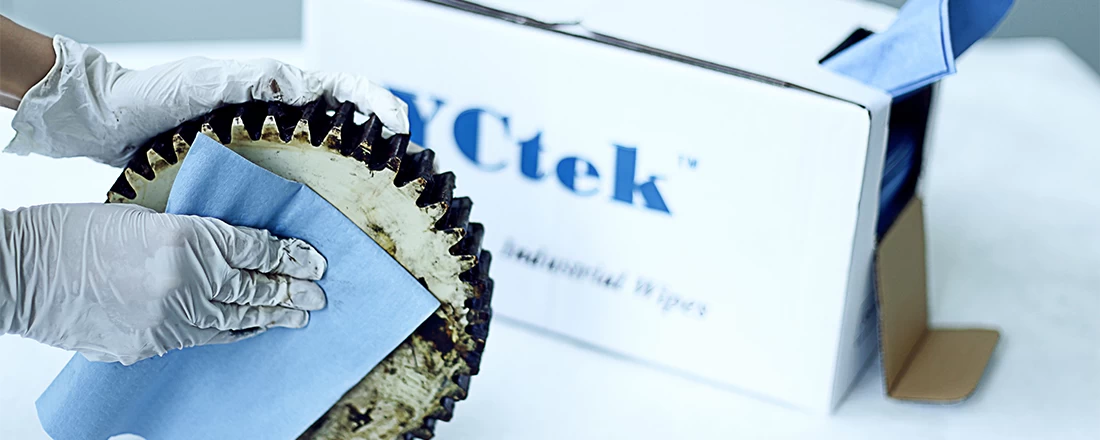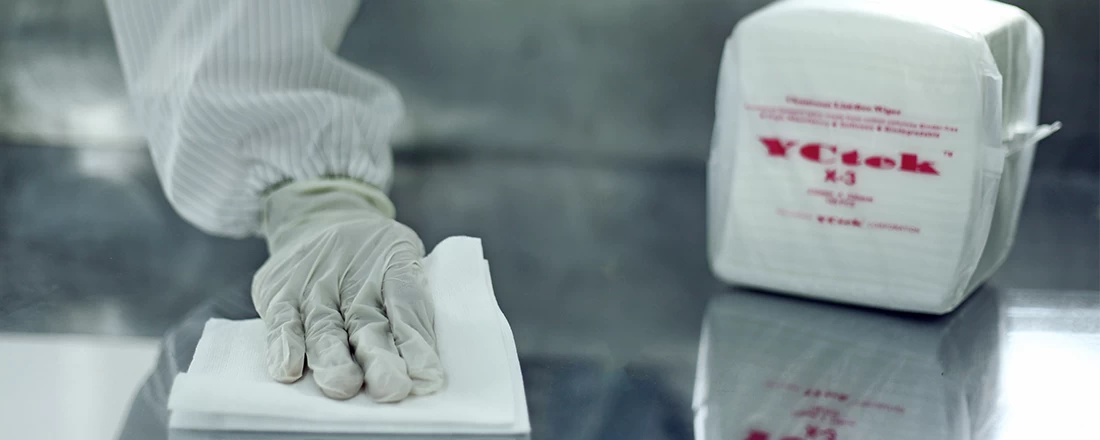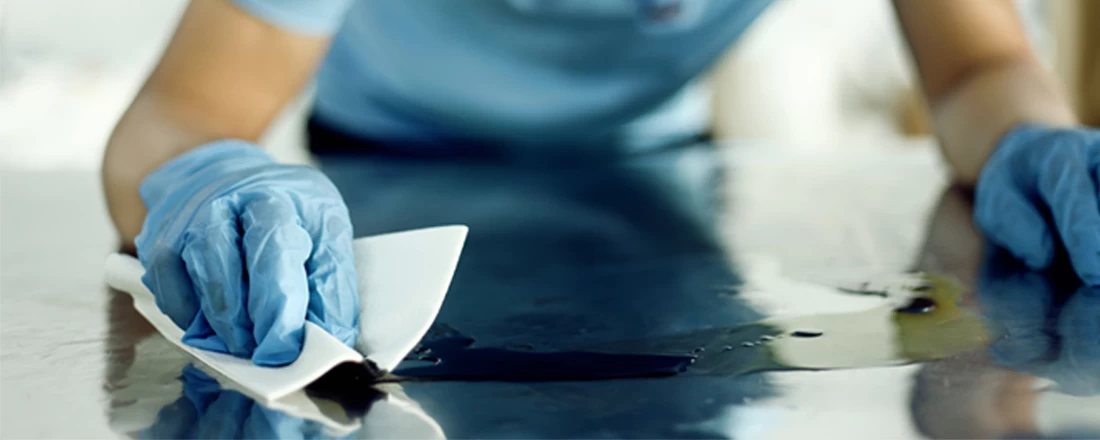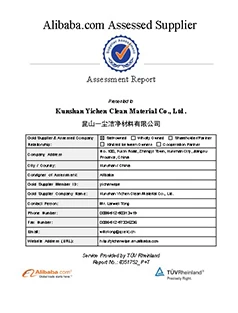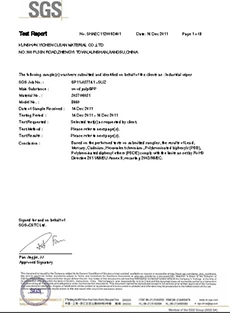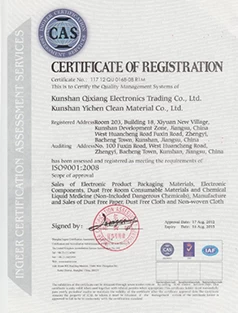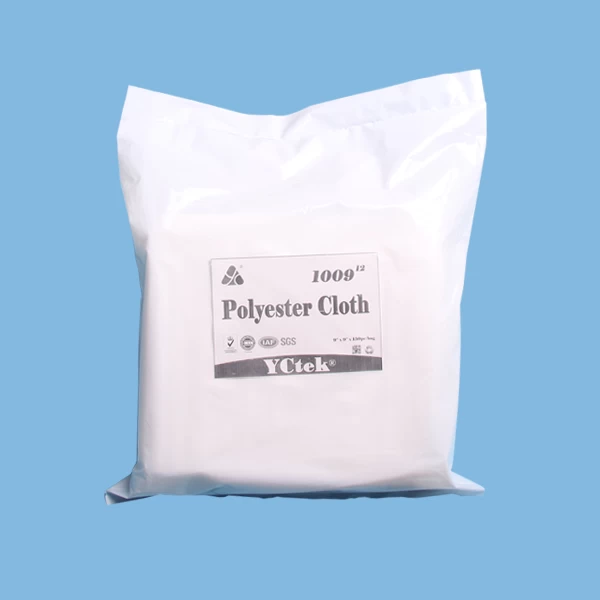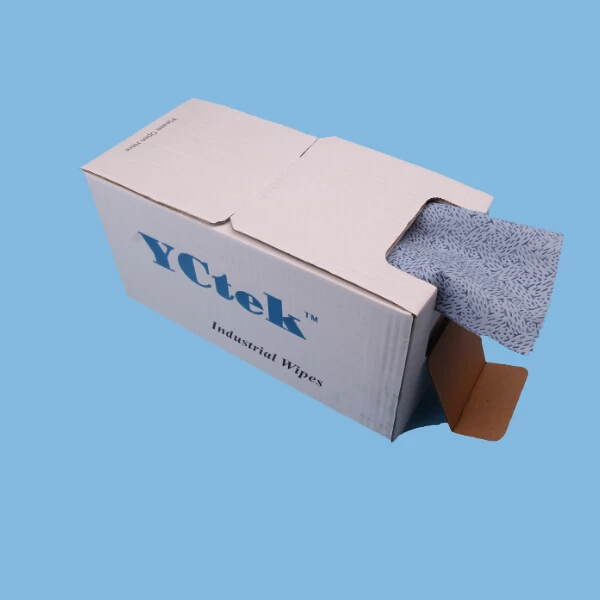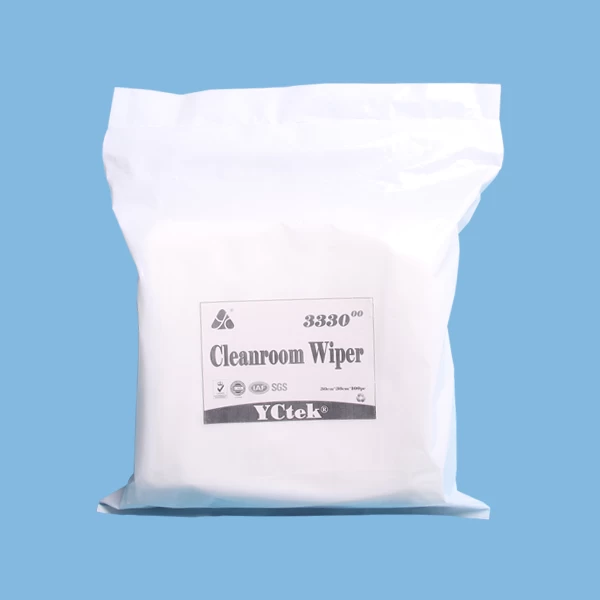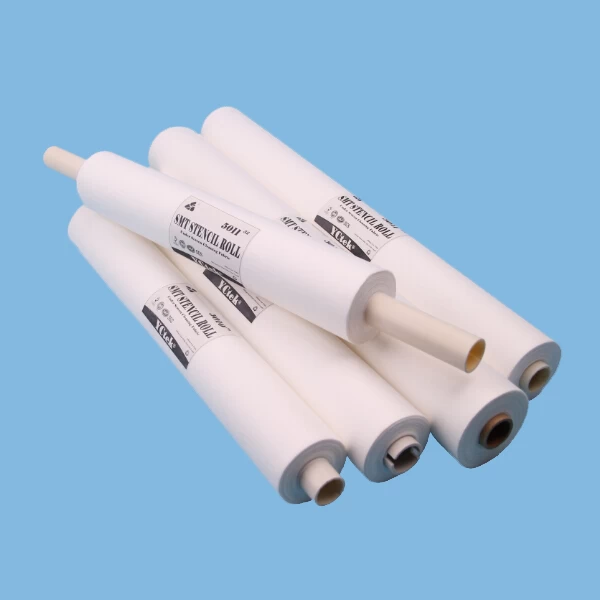Material choices let disposable wipes embrace a sustainable future
2017-10-12 16:11:35
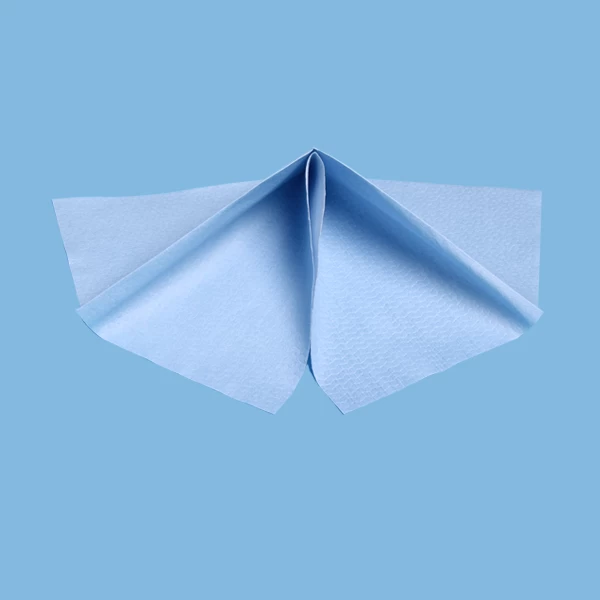
This evolution is founded on a convergence of opinion on the importance of sustainability by all key players in the wipe buying chain. Consumers are eager, and increasingly willing to pay for more ethical products; manufacturers aspire to meet this and are also implementing their own tougher corporate citizenship goals.
The same corporate concerns are less evident in the buying attitudes of commercial clients for industrial wipes, and public sector organisations; but the whole drive is occurring under an umbrella of tighter environmental standards set by national and trade bloc regulators.
In its recent study The Future of Sustainable Nonwovens to 2022 Smithers Pira tracks the evolution of this new class of base materials for wipes. Its analysis divides wipes into three core end-uses:
Personal care wipes
Home care wipes
Industrial wipes.
Combined these consume just over a quarter of all nonwoven demand, by tonnage in 2017; but command 40% of demand for sustainable nonwovens. Hygiene – menstruation products, diapers/nappies, and adult incontinence items – represents the largest end-use for both sustainable and traditional materials. It is the least developed of the major end-uses for sustainable solutions however, so proportionally its share of this material segment is significantly less.

